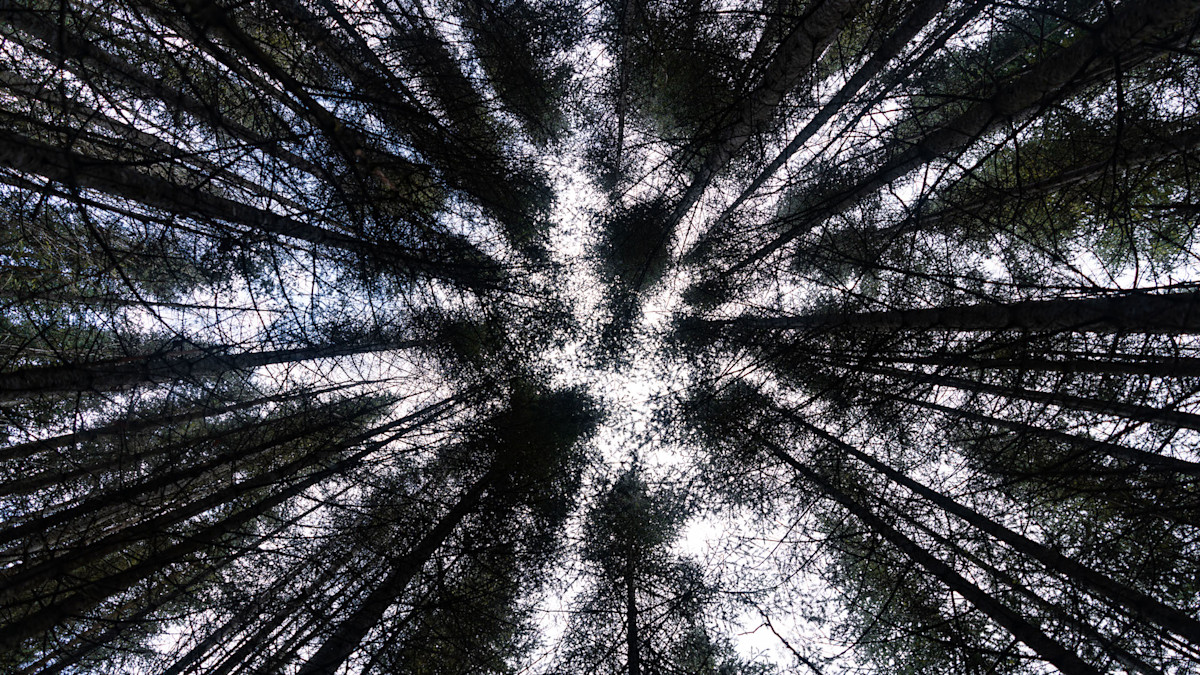
The term “thermal cover” is thrown around in the whitetail world almost as often as the term “food plot.” Cedar patches, pockets of spruce, and fields of warm-season grasses all come to a hunter's mind. But understanding the process and science behind what thermal cover truly is, will help you to better manage and improve your land.
What is Thermal Cover?
Just like every day since the start of time, the sun rises in the east and sets in the west. The sun warms the entire planet during the day, and the planet naturally cools at night; this is pretty basic knowledge.
Let's dig into the science of this process as it pertains to habitat management. Even in the frigid temperatures of winter, the sun produces radiant heat. This radiant heat travels through space until it reaches Earth in the form of electromagnetic waves, where it then can be absorbed.
Some plants are more efficient at this absorption process than others. Conifers, which hold their leaves/nettles year-round, are the most dynamic. Conifer trees act as a sponge and consume the radiant heat like a sponge absorbs water. As this absorption happens, the heat is transferred throughout the tree’s needles or leaves by conduction, warming not only the plant itself but the air occupying space inside the conifer’s dense vegetation.
The more sunlight that hits the tree, the more productive the heat transfer is. So when you put a cluster of conifers together, they can warm a range using convection, creating “thermal cover.” This area will hold heat through the night, offering an appealing bedding area for deer who need to maintain an average 104-degree body temp.
Managing High-Quality Thermal Cover
Every unique parcel will be managed differently, and every patch of conifers is diverse. The key is to find the balance of sunlight and cover, and that balance changes as conifers mature.
A fairly young stand of red pine with an average height of six to eight feet is one of the best examples of healthy thermal cover. But as that stand ages, the height of the trees will increase and grow tighter, making less sunlight available to each tree, and restricting the amount of sunlight that reaches the forest floor.
This example of an even-aged monoculture with a closed canopy is one of the most common mismanaged habitat mistakes made. The key to managing thermal cover areas is finding the balance between the sunlight and the cover, both equally important. Common forestry practices like selection cutting can be used to combat this by increasing the amount of sunlight that reaches the forest floor and also the trees themselves. This will create not only more cover, but denser vegetation, and forest regeneration.
A conifer that receives effective sunlight will grow much more compressed than that same tree growing in heavy competition. By knowing this, you can manage your conifers to grow more compact, increasing the tree’s absorption and conduction, leading to a higher rate of convection and a more efficient heat transfer to the animals seeking a haven, especially in colder months.





